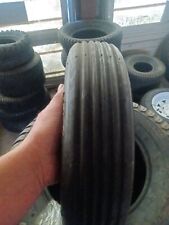SimHQ: People are growing ever more aggravated at the expense and frequency of the PC hardware upgrade cycle; is there any thought to not chasing the hardware with ever more “pretty” software? Or do consumers demand that PC sims keep up with the latest hardware?
Julian (XSI): I think that particularly with flight simulation, you are constantly pushing the hardware to create the almost unattainable dream of making the simulation “as real as it gets”. I am sure consumers will continue to demand that simulators push the boundaries in regards to PC hardware, not necessarily always in regards to graphics, with flight simulations you have many other hardware intensive modules, such as physics engines, etc., etc. The emerging physics processors will make future developments in this area very interesting.
David (Matrix Games): This relates a lot to a previous question on size of development teams. When you place your aims at a small team product (single A or B rated product, as opposed to AAA) then chasing the newest hardware is not a part of your plan. However, if you plan on producing a title that will knock your socks off, the newest hardware is going to be a requirement. While many PC sim fans may claim gameplay above all, they are amongst the most picky when it comes to high quality graphics and attention to detail.
Rick (XSI): I personally believe that developers need to balance both ends of the playing field. There will always be a flourishing marketplace for flight simmers that want the latest and greatest in hardware technology. The demand will always be there. Once the games hardware boundaries are carefully recognized and established for a wide range of performance, you then proceed to satisfy as many consumers on both sides of the fence as possible.
Chris (Lead Pursuit): It’s a Catch-22 situation. People demand more complexity in every area. That demands more advanced hardware and that means an upgrade. The sweet spot is for a simulation to run well on a two or even three year old machine. Sure, frame rates will not be stellar, but they should be acceptable. I don’t see that changing much in the future, the demand for greater fidelity in all its guises.
Nils (eSim Games): I don’t see a clear trend in customer opinion here. On the one hand, people want eye candy. This is manifest by the way people react to visual clues (e.g. screenshots, videos, and previews) and (more decisively) by their buying habits. Good-looking titles create a bigger hype during the prerelease phase, and consequently sell better in the end.
 On the other hand, most modern games scale reasonably well with the available hardware. Even a GeForce 4Ti can still render most games today at a screen resolution of 800×600 with low or medium detail settings. But if people buy a 1600×1200 flat screen and insist on using a game with the native resolution of this display, 6x FSAA — hey…
On the other hand, most modern games scale reasonably well with the available hardware. Even a GeForce 4Ti can still render most games today at a screen resolution of 800×600 with low or medium detail settings. But if people buy a 1600×1200 flat screen and insist on using a game with the native resolution of this display, 6x FSAA — hey…
Ultimately however graphics cannot make up for a lack of finesse of how a game puts up an intelligent challenge — be it an accurate simulation of vehicles or other equipment, be it by a balance of forces that requires a coordinated and staged employment of the player’s units.
Martin (Battlefront): A typical publisher will tell you that it’s consumer demand that they are bowing to. But in reality, “pretty” software is simply easier to sell and market. Plus chasing after the technology curve is a convenient excuse to hide deficiencies in game design. Simply make the game use the newest “bump mapping blurred vision distance shader pixel vector” animation, and nobody will ask anymore if the game is any good.
Battlefront.com has never chased the latest technology unless it provided a true enhancement to the gameplay. We were the first to produce a genuine 3D tactical land combat simulation in the Combat Mission series, but have never chased after the latest bells and whistles out there just to make the game pretty. Our new CMX2 engine that we’re working on right now will follow the same principles. Of course this is also partly a simple necessity for a small team like ours – we have to focus on the most important aspects during the game design in order to finish a game within a timely manner. But this is only for the benefit of the game and the consumer.
SimHQ: All games, not just simulations have become more and more complicated as the years have progressed. We’ve all seen how simulations have changed over the years, but has the process of coding simulations significantly changed? Is the coding language the same? Easier? Harder? Does it take more or less time to actually write the code?
Al (eSim Games): Ten years ago, you might have found quite a few developers using assembly language to optimize certain critical parts of their code. I doubt whether anybody is doing that anymore. Processors have become so fast, and the GPU is doing so much work, that the the speed improvement to be gained from such optimizations is not worth sacrificing the maintainability of the code. Having said that, one might argue that writing shaders is a lot like writing assembler code — although there is HLSL too. On the whole, I think that coding has become easier; the problem is that the games are more complex so there is so much more to code. Third-party tools and physics and graphics engines might be the big solution here.
Martin (Battlefront): Not being a programmer myself I am not sure if I am qualified to answer this, but seeing as the tools available to developers have also become more powerful, it would seem that the net result has not changed significantly. For Combat Mission 1 our sole programmer, Charles Moylan, had to manually code pretty much everything – nowadays there are various middleware and native OS or hardware packages that allow you to do amazing things much quicker.
Steve (Battlefront): At least in theory 😀 Some of the 3rd party stuff comes with its own headaches and expenses of course…
David (Matrix Games): I’ll defer this question to someone in programming 🙂
SimHQ: This one might create some interesting responses. Developers, what would you, as a developer, like to see from the flight sim community? Support? Understanding? More civility? More money?
Julian (XSI): Hehe, all of the above? Seriously as one developer quipped recently “It’s a jungle out there”, we’ve all been consumers at some point, so I’m sure we can relate on some level. Sure some are more demanding than others, but it just comes with the territory. I honestly enjoy interacting with our customers and potential customers, I think at XSI we have again taken a very unique approach to this, and overall the response has been outstanding, we get our critics, but overall we have a very positive and supportive bunch of guys and gals following our development process.
Chris (Lead Pursuit): I just think understanding of the developers’ position. Developers are the most ardent gamers of all in their particular fields. Of course they want to deliver whatever feature is requested. But there are reasons why things may not be delivered. These things are done for good reasons. Perhaps a little understanding of that would be great. Of course, gamers by paying for a product have every right to ask for this and that because they have put their money where their mouth is and forked out.
 Martin (Battlefront): The typical sim player seems to never be happy with what they have, and instead complain about what they don’t have. When you make a simulation that gets it 99% right, they complain about the missing 1%. In fact, the closer you get to the 100%, the louder the complaints seem to get. As we’re selling games from the wargame, strategy game and sim genres, I have to say that this is probably more or less true for all of them… but sim fans seem to stand out more than others. By far.
Martin (Battlefront): The typical sim player seems to never be happy with what they have, and instead complain about what they don’t have. When you make a simulation that gets it 99% right, they complain about the missing 1%. In fact, the closer you get to the 100%, the louder the complaints seem to get. As we’re selling games from the wargame, strategy game and sim genres, I have to say that this is probably more or less true for all of them… but sim fans seem to stand out more than others. By far.
Steve (Battlefront): This makes them their own worst enemies because big publishers dismiss them as cranks that can never be pleased, so why not go make another RTS?
As a developer it would be great to see the community accept a game as what it is (and intends to be), and not what they would like it to be.
Rick (XSI): I believe that the flight sim community is one of the game markets best kept secrets. They are very attentive and loyal when it comes to developers supporting their many collective ideas, and developers are only as good as the community that supports them. You tend to get more support and understanding by embracing these universal back and fourth tactics. By catering to your audience and reaching out to them for new ideas, you tend to bring the community together during the tougher times of the development process.
David (Matrix Games): It really isn’t the place of developers to put the onus of responsibility on players, but if anything could be most used it is enthusiasm. Both during the development cycle to keep the developers in a positive frame of mind and during post release to spread word of mouth and generate more players to play against and more sales.




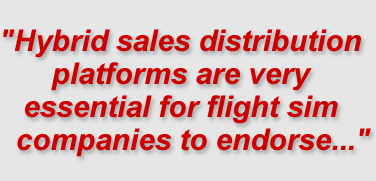
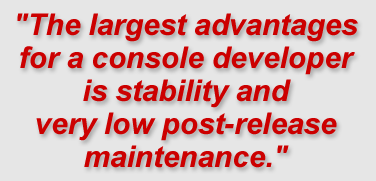
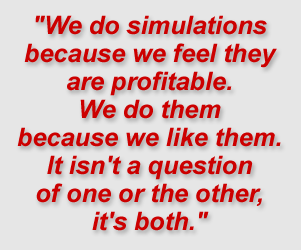

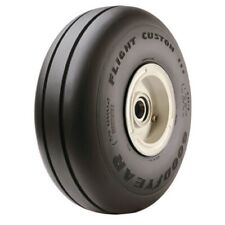
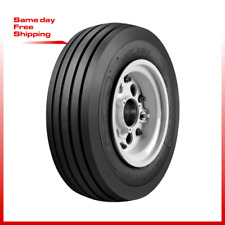
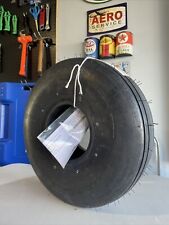

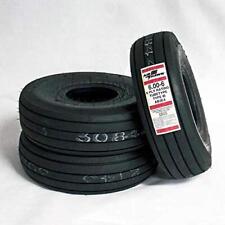
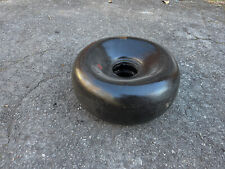

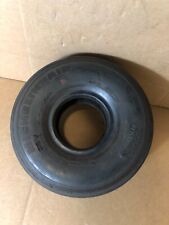
![Nitrogen Regulator Custom Kit Aviation [25-ft] In-Hangar *DIY* 4 tire inflation picture](/store/img/g/l7QAAOSw9NdXp4bP/s-l225/Nitrogen-Regulator-Custom-Kit-Aviation-25-ft-In-Ha.jpg)
